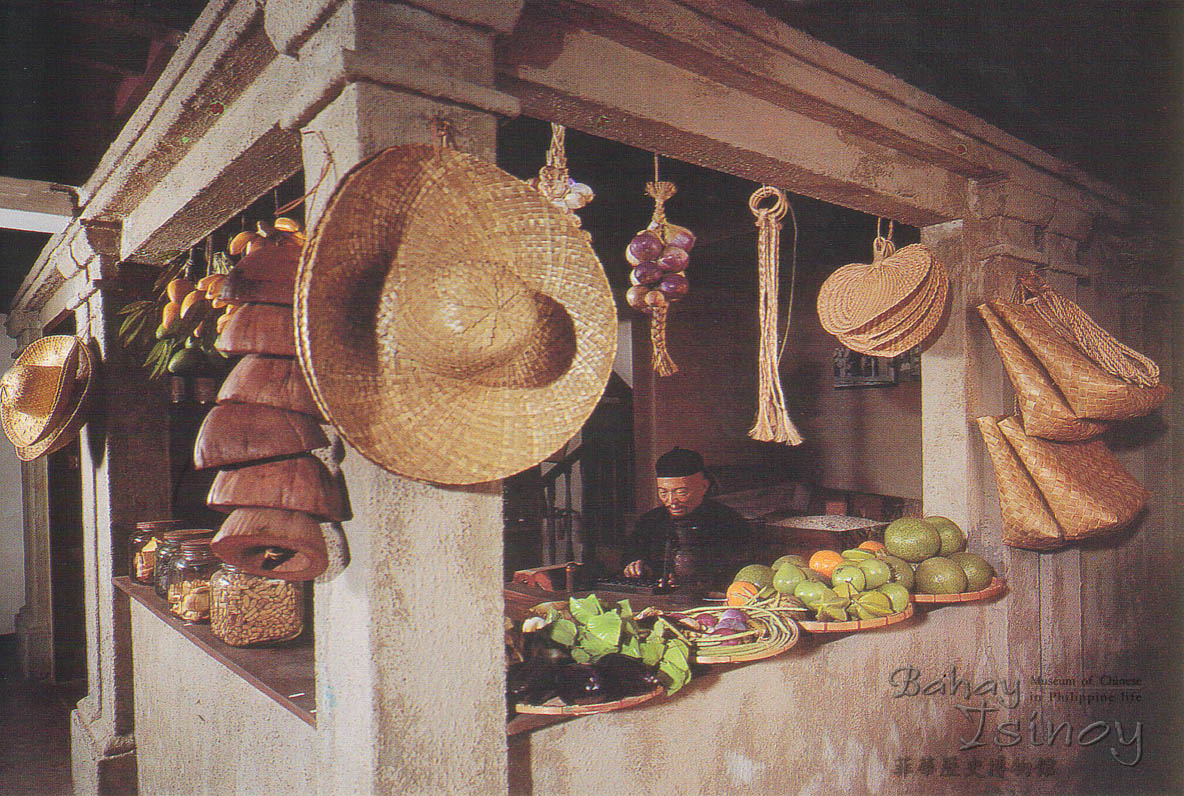The Chinese sari-sari (variety) store, popularly known among the Chinese as tsai-a-tiam (菜仔店), is a thing of the past. The younger generation of Chinese may not have the chance to see a Chinese sari-sari store anymore even in Chinatown or Chinese districts in Manila or the provinces. They may not have even heard of it nowadays.
Nevertheless, the tsai-a-tiam not only had an important role in the history of the Chinese in Philippines. In fact, many, if not most, of the Chinese businessmen in the Philippines started their businesses as owner or shopkeeper of tsai-a-tiam.
A tsai-a-tiam is not only a typical Chinese business but also its epitome. One cannot appreciate the business of Chinese as well as the Chinese businessmen in the Philippines without knowing and understanding the tsai-a-tiam and how it operates.
According to a report written by Ang Yu Hua (洪楊華), Standing Committee member and director of Propaganda Department of Chinese Sari-sari Stores Association in 1934, there were 2,138 Chinese sari-sari stores or tsai-a-tiam in Manila.
Most of the Chinese businessmen throughout the archipelago were engaged in that kind of business. Below are some vital information about the tsai-a-tiam in the 1930s:
- Capital: Generally there were three types: from P700 to P1,000, about 10 percent; from P400 to P700, about 50 percent; and from P200 to P400, about 40 percent. The average capitalization per tsai-a-tiam was P500.
- Salary: A tsai-a-tiam’s Chinese employees earned P5 to P6 and up to P35 a month, plus the store took care of their expenses like food, haircuts by a barber, cigarettes, and laundry.
- Working hours: 4 a.m. or 5 a.m. to midnight. Everybody worked more or less 18 to 19 hours a day, with no Sundays and holidays off, from Jan. 1 (New Year’s Day) to Dec. 31 (New Year’s Eve).
- Revenue: The average store’s sales were P25 a day or P9,000 a year. About 15 percent of stores made more than P30 a day; about 25 percent made somewhere between P10-P20 daily. The majority, 60 percent, had sales between P20-P30.
- Business activity: The most prosperous periods were the first, second, third, and 15th, 16th, 17th days of the month; Sunday and Saturday of the week; and the day is usually busiest 6 a.m.-7 a.m., 11 a.m.-12 p.m., and 5 p.m.-7 p.m.
The tsai-a-tiam was in fact the predecessor of the 24-hour convenience store of today.
It is said there was a tsai-a-tiam owner who slept on a table inside the store at night. He would tie his big toe with a string and leave its other end outside the store.
Whenever a customer needed to buy something and it was already past midnight, he could just pull the string to wake the store owner up to open his store for business. — First published in Tulay Fortnightly, Chinese-Filipino Digest 25, no. 4 (July 24-August 13, 2012): 5.
